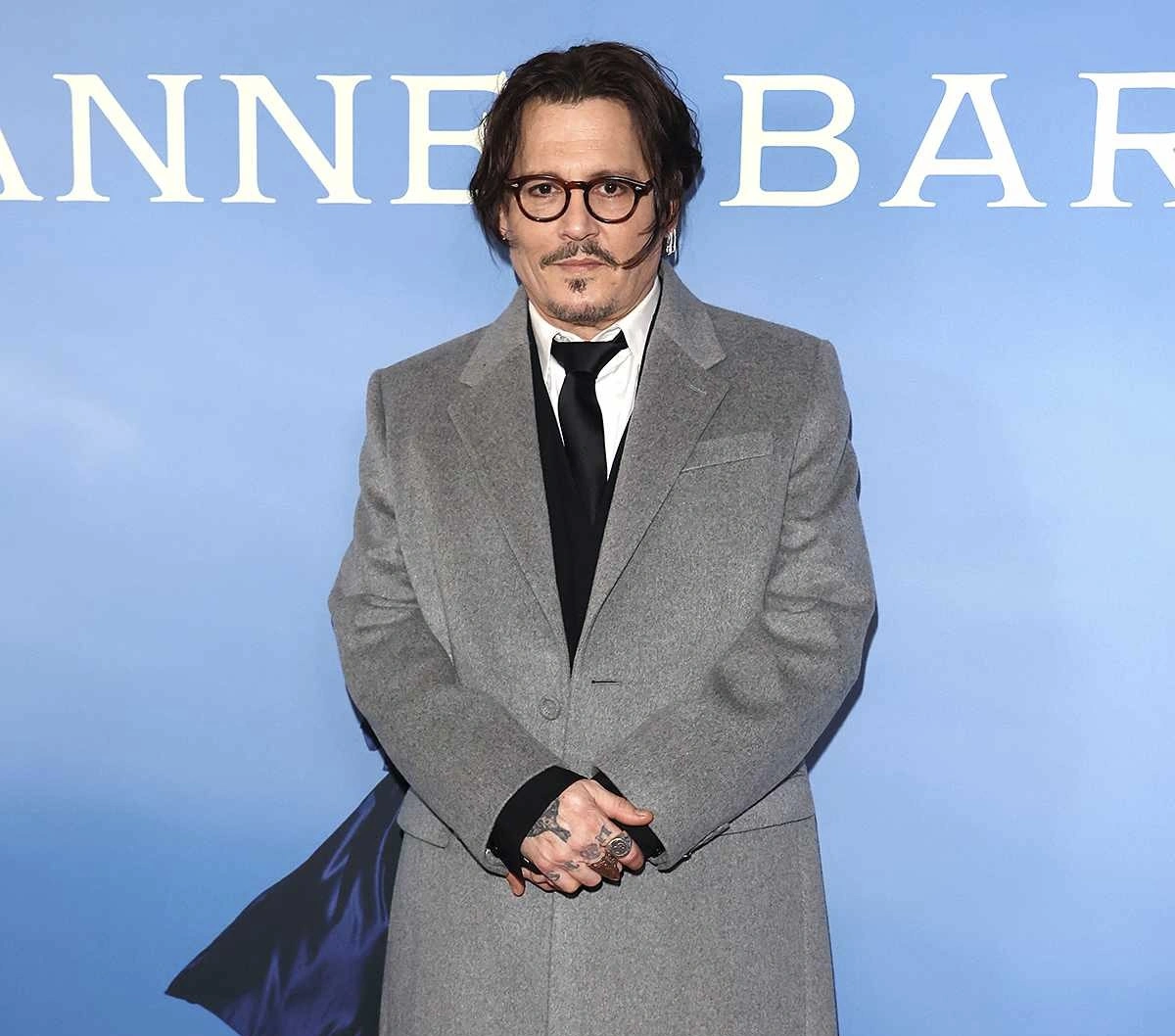Justin Bieber’s music career has been marked by an array of chart-topping hits, global acclaim, and a devoted fan base. However, even with such a decorated career, there are moments that still surprise, including the recent debut of one of his biggest singles on a specific Billboard chart—years after its original release. This occurrence prompts a deeper look into the factors that contribute to a song’s delayed success on a Billboard chart, the evolving nature of music consumption, and Bieber’s lasting cultural relevance.
The single in question, which had enjoyed widespread commercial success upon its initial release, re-entered the public consciousness and debuted on a Billboard chart years later. While it might seem unusual for a track that was once a massive hit to debut long after its peak, this phenomenon reflects several important shifts in how music is consumed today.
One of the most significant factors contributing to the delayed chart debut is the rise of streaming platforms and social media. Streaming has fundamentally changed the music landscape, allowing songs to enjoy extended shelf lives. Songs from previous years, even decades, can resurface due to trends on platforms like TikTok, Instagram, or through viral challenges. A hit single like Bieber’s, which already carries nostalgia for fans, can easily be revived by a new generation of listeners who discover the track through these viral platforms. This democratization of music distribution means that songs are no longer confined to the time frame of their initial release but can have multiple lives.
The specific Billboard chart on which Bieber’s single debuted also sheds light on a shift in listener preferences and demographics. For example, if the song debuted on the Billboard Global 200 or a genre-specific chart, it reflects how music’s reach has expanded far beyond the traditional pop and Top 40 landscapes. Bieber’s early work, primarily centered in pop and R&B, has garnered attention from different audiences over time, allowing him to stay relevant in genres that might not have been his primary focus during the song’s original release.
This chart debut also underscores Bieber’s ability to remain culturally relevant. Many artists struggle to maintain the level of fame and influence Bieber has sustained over the years, but his adaptability has been key. Bieber’s personal and artistic evolution, whether through his collaborations with hip-hop and reggaeton artists or his deeply introspective lyrics in later albums, has kept him in the public eye. His ability to evolve while staying true to his artistic core continues to resonate with fans across multiple generations. The reappearance of one of his older singles highlights how Bieber, as an artist, has transcended the limitations of time in the music industry.
Furthermore, this event highlights a broader industry trend: the power of nostalgia. In recent years, nostalgia has played a significant role in music consumption. As older fans rediscover tracks they loved in their youth, or younger listeners discover these hits for the first time, artists like Justin Bieber can reemerge into the mainstream. In Bieber’s case, the single’s delayed debut points to the enduring emotional connection between the artist and his audience, a bond that continues to strengthen over time.
The debut of one of Justin Bieber’s biggest singles on a Billboard chart, years after its initial success, is a testament to the evolving nature of music consumption in the digital age. Streaming platforms, social media, and the power of nostalgia have created new opportunities for older songs to find success long after their original release. For an artist like Bieber, who has successfully navigated the complexities of fame and artistic reinvention, this moment reinforces his lasting impact on pop culture and the continued relevance of his music. As the music industry continues to evolve, Bieber’s ability to capture the zeitgeist will likely ensure that his past hits remain a vital part of the cultural conversation.
No comments yet.








